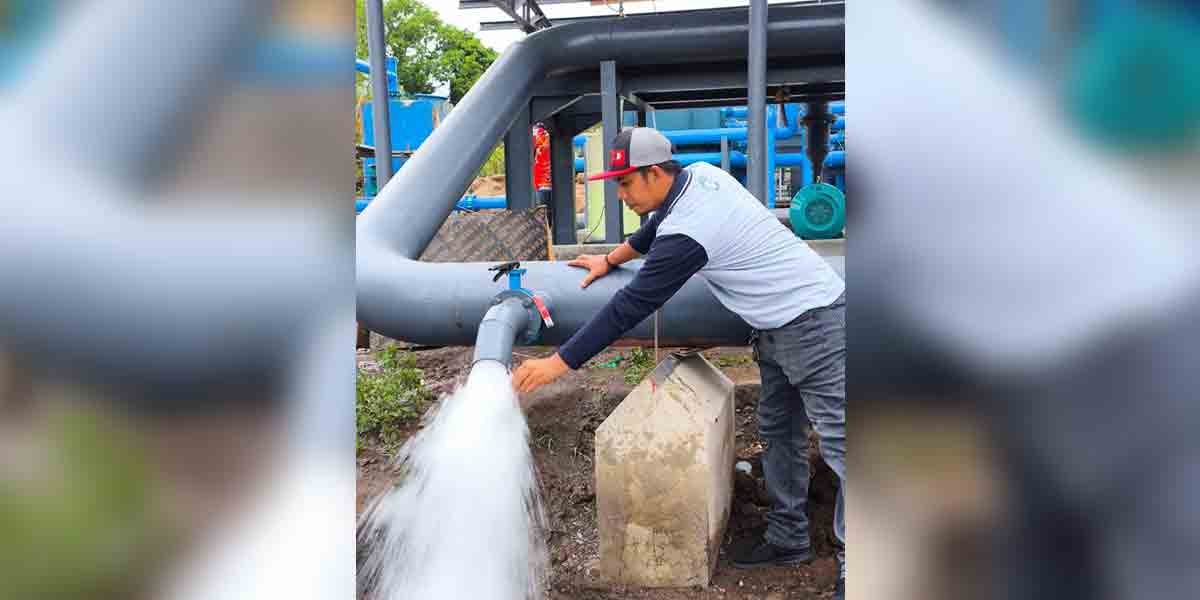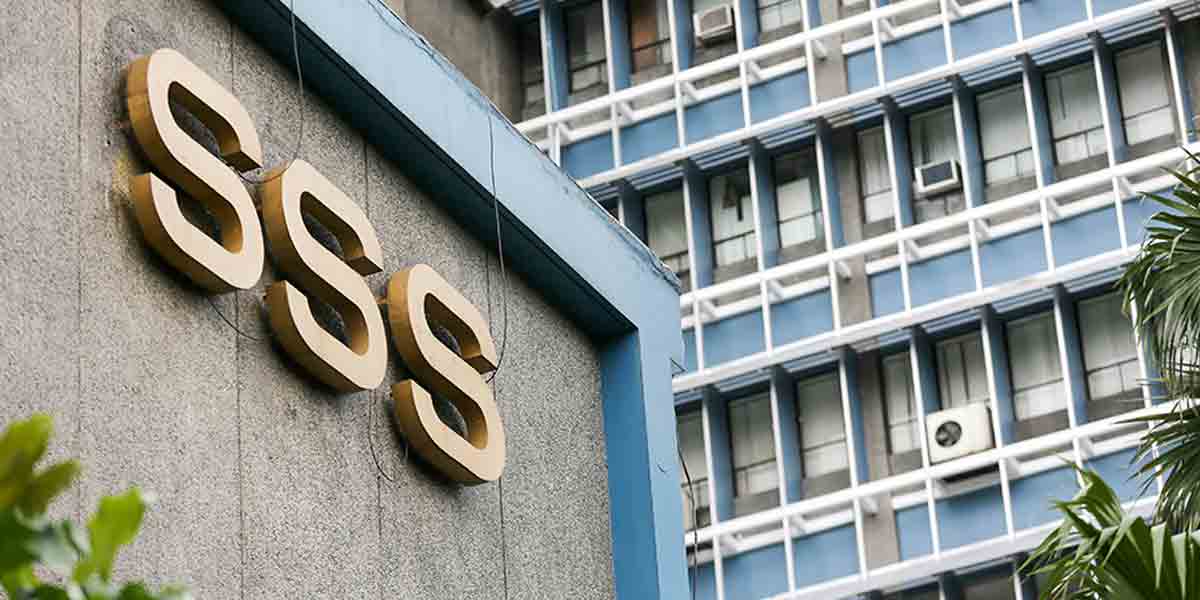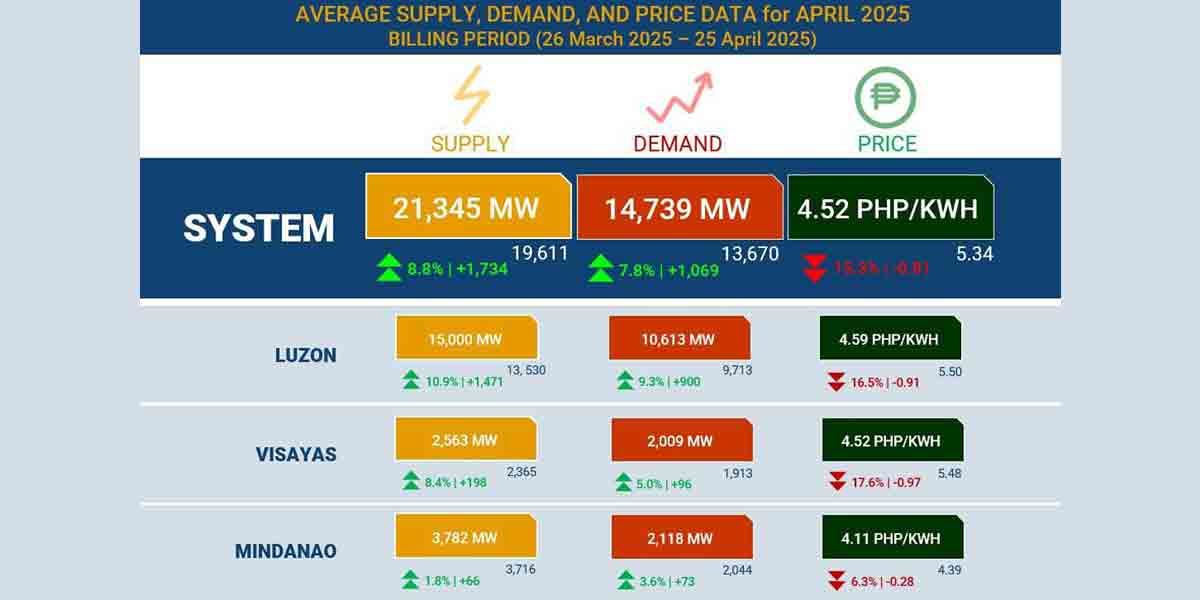Iloilo City’s decision to lower the threshold for class suspensions to a 40°C heat index is both timely and necessary. With rising temperatures pushing schools to the brink, the question isn’t whether suspensions are justified—it’s whether they are enough.
On one hand, extreme heat poses serious risks to students. At 40°C, heat exhaustion and heatstroke become real dangers, particularly for young children who are less capable of regulating body temperature. Learning in this kind of heat isn’t just uncomfortable—it’s ineffective. Studies show that high temperatures impair concentration, memory, and problem-solving skills. A classroom filled with sweating, sluggish students isn’t a learning environment; it’s a test of endurance.
Then there’s the issue of infrastructure. Many public schools in Iloilo City and other areas lack air conditioning, relying instead on electric fans that do little more than circulate hot air. The wealthier private schools may be able to keep their classrooms cool, but for most students, suspensions serve as a temporary escape from unbearable conditions. Heat, much like many crises in the country, exposes inequality—students in poorer schools suffer the most because they lack the resources to cope.
So, if we suspend classes during typhoons, why not during heat waves? The logic is the same: protecting students from an unsafe learning environment. The decision to set a clear threshold for suspensions helps create consistency, preventing confusion and last-minute decisions that leave students and parents scrambling.
But suspensions, while necessary, also come at a cost. Every lost school day disrupts learning, adding to the already alarming gaps in education. The Philippine education system is still recovering from pandemic-related setbacks. Can we afford another layer of disruption?
Parents, too, face difficulties. When classes are suddenly canceled, who watches over the kids? Many working parents depend on schools not just for education, but for childcare. And let’s not forget that for some students, school is more than just a place to learn—it’s where they get their only reliable meal of the day. Suspending classes may protect students from heat, but it also takes away essential services.
What’s clear is that suspensions alone won’t solve the problem. If schools are closing because of heat, then the real issue isn’t the temperature—it’s the lack of preparedness. The country cannot continue treating climate change as a seasonal inconvenience. Schools need long-term investments: better ventilation, air conditioning, shaded outdoor spaces, and heat-resistant building materials. Without these, suspensions will become an annual ritual rather than a last resort.
In the meantime, there are smarter ways to adapt. Schools can shift schedules to start earlier in the morning and dismiss before noon, avoiding peak heat hours. Remote learning should be an option on extreme heat days to ensure lessons continue. Cooling centers within schools can offer relief for students who need a safe place to stay. These solutions demand action, not just reaction.
The move to lower the suspension threshold is a step in the right direction, but it cannot be the only step. Extreme heat is not going away, and neither should our students’ education. If we truly care about their well-being, we must go beyond suspensions and start building schools that can withstand the climate crisis—not just this summer, but for the years to come.




















